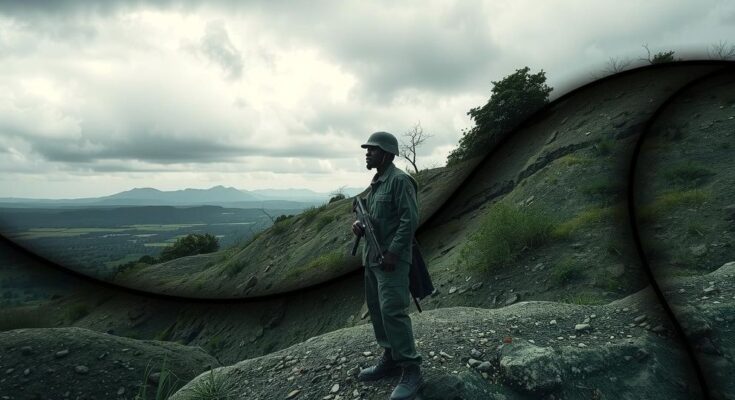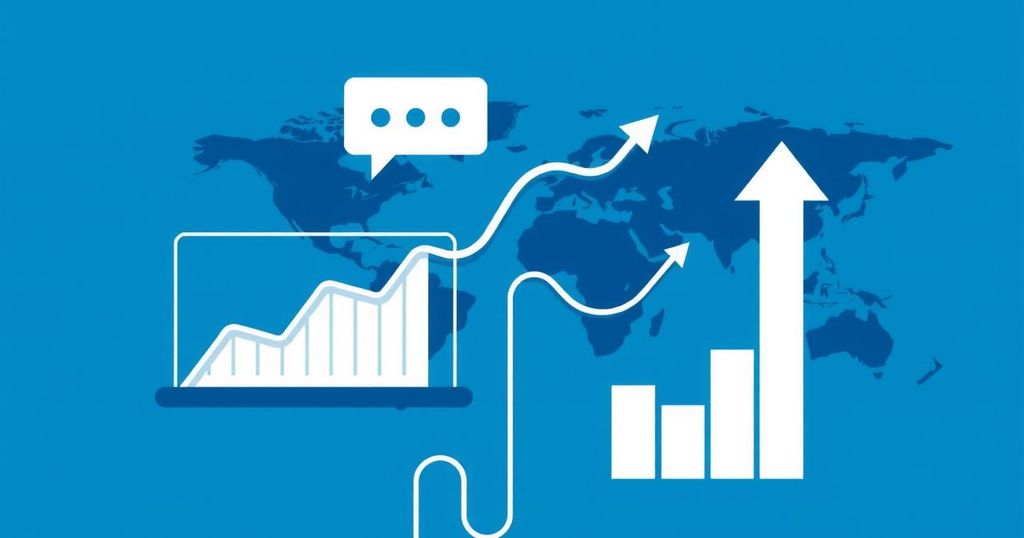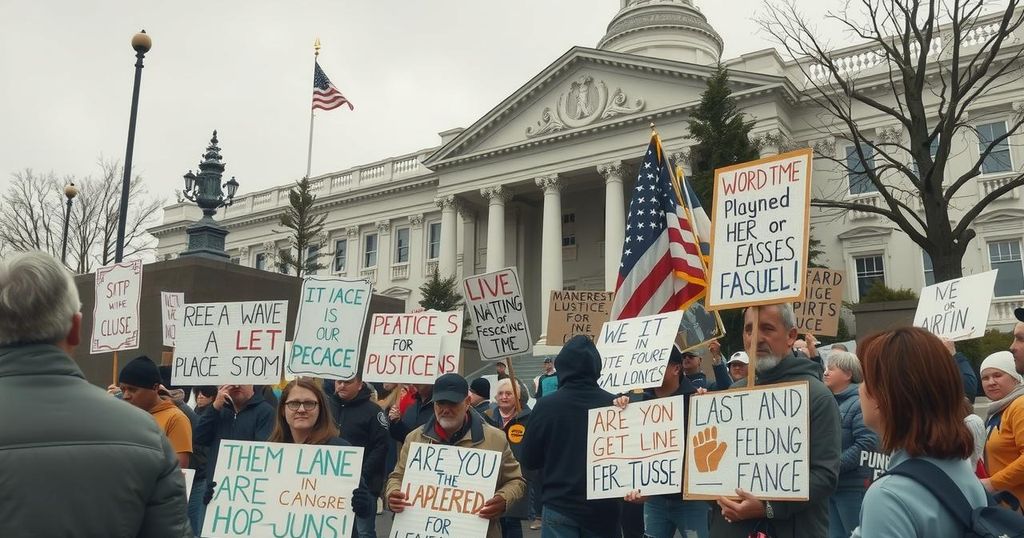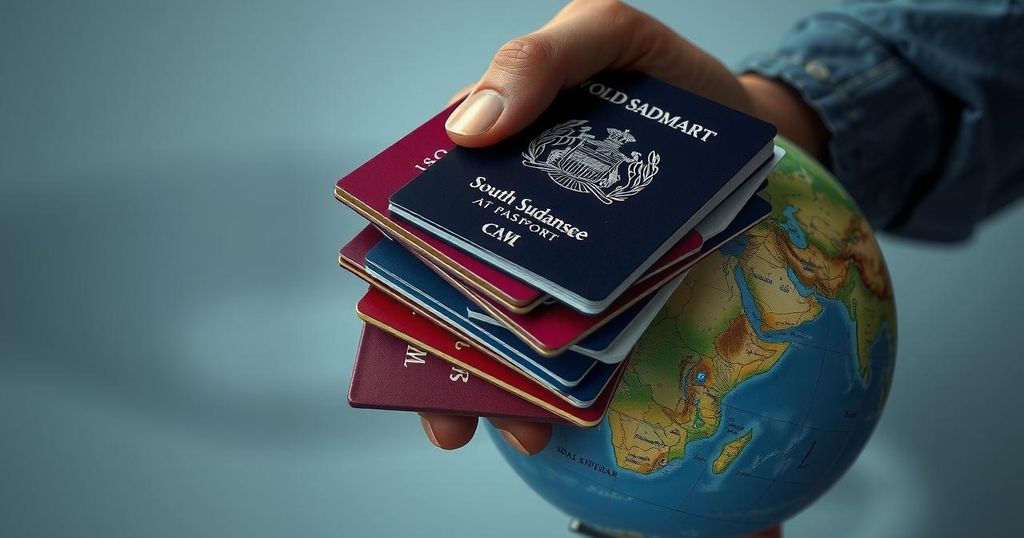The M23 armed group is expanding its territory in eastern DRC, with Goma now under serious threat. Weaknesses within the Congolese army and alleged backing from Rwanda facilitate this advance. An escalation of violence has led to a significant humanitarian crisis, with over 230,000 people displaced. Experts warn that a M23 offensive on Goma is increasingly likely due to unfolding regional dynamics.
The M23 armed group has expanded its control in eastern Democratic Republic of Congo, currently tightening its hold on the provincial capital Goma. With the Congolese army facing significant weaknesses and alleged support from Rwanda, experts suggest that an offensive on Goma is plausible. Recent clashes between M23 and the Congolese armed forces (FARDC) have intensified, leading to a humanitarian crisis with over 230,000 individuals displaced since January, as reported by the United Nations.
The Congolese army acknowledged a “breakthrough” secured by the Rwandan army alongside M23 after Minova, a strategic town supplying Goma, was captured. A United Nations report indicated that between 3,000 and 4,000 Rwandan soldiers are engaged in the conflict, demonstrating Rwanda’s active involvement despite its reluctance to acknowledge any territorial aggression in the DRC. The M23 had previously seized Masisi, further tightening its grip around Goma, which is merely 10 kilometers from ongoing hostilities.
The M23 has maintained its occupation of hills around Goma for nearly two years, posing an economic threat to the city by controlling the Minova port. Though the FARDC and allied militias have formed defensive lines, doubts remain regarding their capability to withstand a potential offensive. The MONUSCO peacekeeping force in Goma’s response to a possible fall of the city remains uncertain.
A recent Angola-led peace initiative between Congolese President Felix Tshisekedi and Rwandan President Paul Kagame collapsed due to disagreements, leading researchers like Reagan Miviri to declare that “nothing prevents the M23 and Rwanda from trying to take Goma.” Miviri expressed concern that without international pressure, Rwanda perceives little risk in pursuing military objectives in the DRC.
The situation in eastern Democratic Republic of Congo has historically been complex, characterized by extensive mineral wealth interspersed with decades of conflict involving various armed groups. The M23 group originated from a mutiny within the Congolese army in 2012 and had seized Goma in a previous onslaught, only to be dislodged after a concerted military response backed by international diplomacy. Their resurgence in the latter part of 2021, fueled by alleged Rwandan support, has exacerbated instability in a region marked by the chronic presence of rival militias and recurring violence since the 1990s. The current deteriorating conditions have resulted in significant humanitarian challenges, including widespread displacement and healthcare crises.
The M23 group’s advance in the DRC is supported by regional backing, particularly from Rwanda, amidst notable deficiencies in the Congolese military. The humanitarian situation is critical with mass displacements due to ongoing violence. The potential for an imminent offensive on Goma poses serious risks to both stability and human welfare in the region, further complicating the geopolitical landscape influenced by historical conflicts and outside intervention.
Original Source: www.barrons.com




